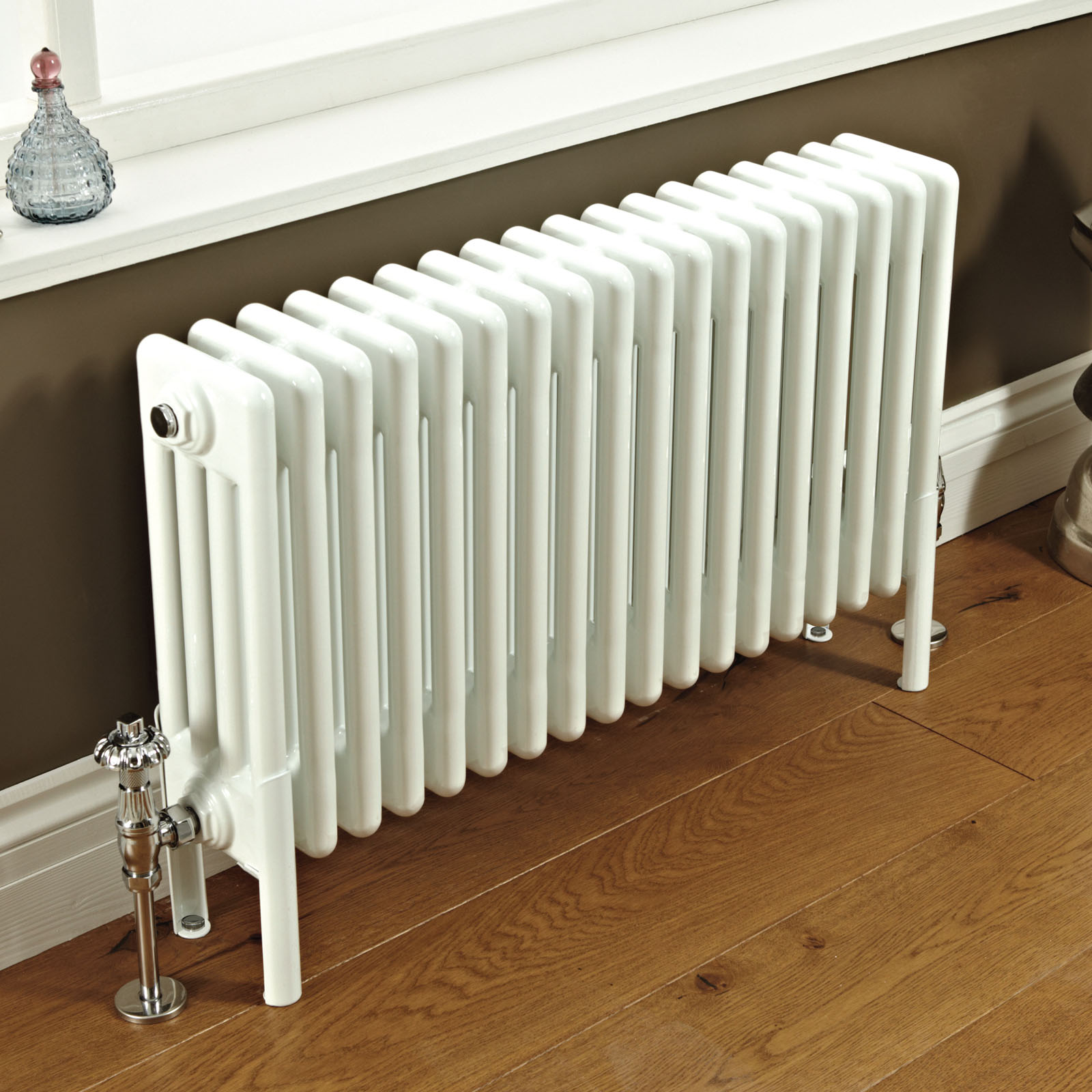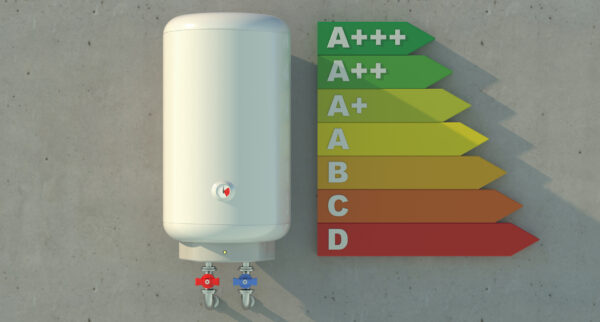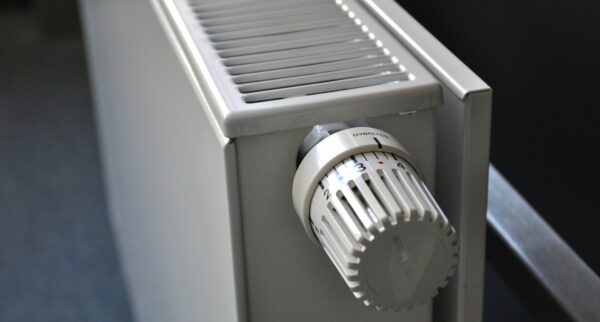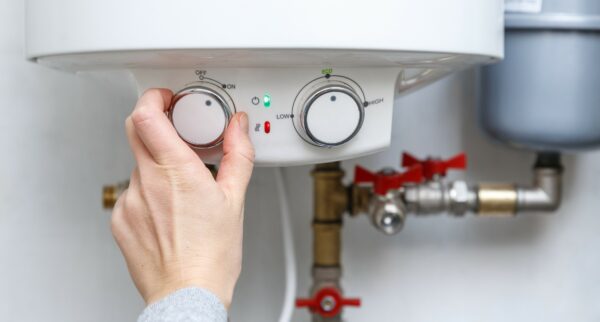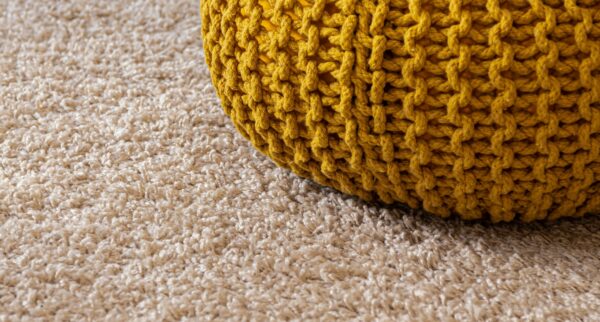Call us today 0207 32 32 999
Water passes through a number of vertical channels inside radiators to heat them. This process transfers heat through to the metal outside and then heats the air through convection. And that’s how radiators warm a room and the people in it.
Radiators in the house become hot owing to water from the boiler passing through a number of vertical channels inside of them. This heat transfers through the metal to the outside, and heats the air through a process we call convection. This then warms the room and the people in it.
Radiators are among the oldest and most effective household appliances and should be trouble-free for many years. However, they do sometimes leak, leaving a damp patch on the carpet or a tell-tale trickle of water across the floor.
We ought to do something the right way because radiators contain scalding hot water that could burn our skin and leave permanent scars. Radiator water leaks seldom dry up on their own. If anything, they are likely to get worse and cause extensive water damage your insurance may, or may not pay out.
Table of Contents
ToggleFirst Things First: How Do You Know the Water is From the Radiator?
Take an old towel and dry the entire outside of the radiator, and the pipes to and from it thoroughly. Be extremely careful not to touch these with your bare hand or arm if the radiator is hot. Now, take a sheet of kitchen paper towel and try to find a leak that moistens it. If the radiator is leaking, this will likely be:
- From the body of the radiator where rust came through
- From the radiator controls (bleed point and thermostatic valve)
- From the couplings on the pipes from and to the boiler
Radiator Leaking? How to Locate the Leak
First, turn on the radiator so that the water flows and reveals any leaks.
Next check the different points on the radiator which may be leaking. Concentrate on the joints in the pipework and the valve connections especially. If any parts of the radiator look older and have corroded there could be pinhole leaks.
Once you know where the leaks are, establish whether you can do it yourself or call a professional to fix the leaky radiator!
Radiator Leak Repairs You May Be Able to Do Yourself
Water Coming from the Radiator Body
If water is coming from the radiator body, then this is unfortunately bad news. It is probably finding its way through one or more pin-sized holes. The rust patch inside is typically caused by an accumulation of black sludge which can be quite extensive.
Radiators are not repairable as there are no serviceable parts inside them. You may be able to temporarily seal the leak by adding a plastic sealant to the water in the expansion tank. But this is only a stop-gap solution. It won’t work for long.
Water Coming From the Radiator Controls
Your radiator dashboard comprises a bleed point and a thermostatic valve. These are the only moving parts, and therefore the most likely cause of leaking if the metal casing is intact.
- Water leaking from the bleed point. This is intended to release air from the inside that settles at the top. Bleed valves are usually at the top of radiators on the side where the water enters. Insert a cotton bud into the opening, move it around a bit, and see if the bud is moist when you remove it.
If the bud tip is moist, engage the bleed key with the screw, and try to turn it clockwise to see if you can tighten it. If it tightens then the valve was loose and you may have found the cause for your radiator leak.
- Water leaking from the thermostatic valve. This is a somewhat more complicated component. It controls the temperature in the room by regulating the flow of water entering the radiator.
It slows the flow down, and then stops it as the radiator reaches the desired point, and then allows more water to flow when the radiator starts cooling again. As might be expected this radiator valve can start leaking at various points.
The spindle at the heart of the control knob has a plug of wax attached to the valve control via a pin. This is responsive to temperature and expands and contracts accordingly. It is most likely to leak at the midpoint of the setting.
If you suspect it is leaking, call a gas safe-registered technician. A professional will drain the radiator below the level of the leak. Next, they will close both the supply valve and the lock valve, making sure to note the number of turns the latter takes.
It is important to reopen the lock valve to the same setting after repairing or replacing the spindle. We wouldn’t recommend this task to an inexperienced person. This is because the whole system may require re-balancing if they reset the lock valve to the wrong position.
First, our gas safe, registered technician will undo the union nut, and bleed the radiator of any remaining water / air in the valve body. Then, they will wrap PFTE tape around the main end of the valve a sufficient number of turns.
Finally, they will tighten the union nut, open the supply and lock valves, and restore the water in the radiator to fully commission it and put it back in service.
- Water Coming from the Screw Couplings on the Pipes
Finally, cast your eye over the remaining couplings to the radiator to check for any leaks. If you do find one, turn off the system and allow it to cool before attempting retightening. Once the metal in the pipes and couplings has cooled and they have contracted, you will find tightening them is easier.
How to Prevent Leaks in Your Radiators
It’s possible to avoid radiator leaks, if you’re diligent in your heating maintenance.
We recommend that any sludge is drained away before it starts rusting the radiator. Carrying out maintenance work like this also gives you a better chance of ensuring any potential damage is fully covered by home insurance.
If you’re affected by a radiator leak, you’ll want to make sure your home insurance will pay out to cover the damage – particularly if that leak turns out to be a serious one requiring significant amounts of repair work.
Taking care of your radiators on a regular basis is a preventative measure. It could save you thousands of pounds in repairs required because of a leaky radiator, so it’s well worth investing some time and money in keeping your radiators in good shape.
